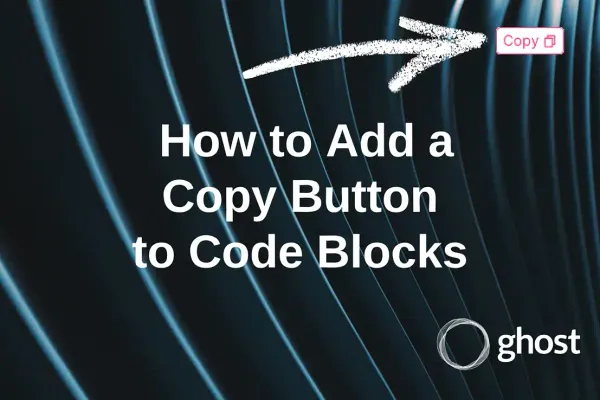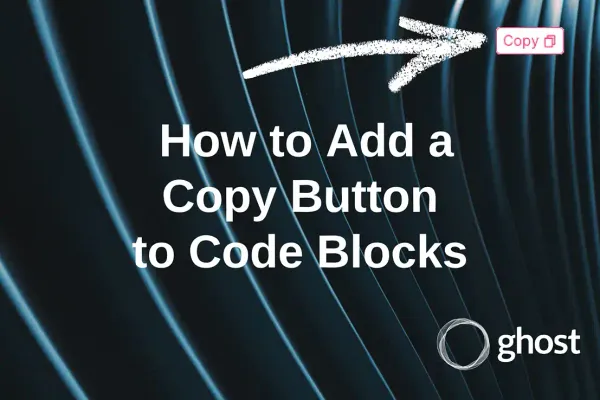How to buy your own domain?
Let's talk about domain names, choose a platform and register your own domain. I share tips and features of Namecheap.

Introduction
Sooner or later, every IT professional faces the question of hosting their service in the public space. This is only possible by acquiring a domain name and linking it to a server.
In this short article, I will guide you step-by-step through the process of purchasing a domain name using my own experience as an example.
Main Reasons Why a Domain Name is Necessary
A domain name is a unique address on the internet used to identify websites. It consists of two main parts: the name and the top-level domain (TLD). For example, in the domain name "example.com," "example" is the name, and ".com" is the top-level domain.
Reasons:
- Ease of Memorization: A domain name allows users to easily find and remember website addresses. Instead of a complex IP address (e.g., 192.168.0.1), they can use a simple name like "example.com."
- Professional Appearance: Owning a domain creates a professional image for a business or personal brand, which enhances trust among users and clients.
- Branding: A domain name helps in creating and promoting a brand. It can be the name of a company, product, or service, making it an essential element of a marketing strategy.
- Email: Using your own domain name for email (e.g., [email protected]) looks more professional than using generic email services.
- SEO (Search Engine Optimization): A well-chosen domain name can improve a site's ranking in search engines, increasing visibility and the number of visitors.
- Uniqueness and Protection: Registering a domain name ensures that no one else can use it for their website, which is crucial for protecting your brand or personal information.
Thus, a domain name is a key element for an online presence, aiding in the identification, promotion, and protection of a brand or personal reputation.
In the case of a personal blog, ease of memorization, branding, and SEO become especially important.
Choosing a Platform
You'll need to choose a domain name service that you like or trust. Simply enter "buy domain" into a search engine and pick what suits you best.
Be aware that prices and top-level domains (TLDs) can vary. For regional names, I recommend choosing local companies. I previously used ukraine.com.ua, which serves as an example of a local representative offering various domain names in Ukraine, such as those within the top-level domain "ua" and its popular subdomains like "kiev.ua," "in.ua," and "com.ua." However, this service no longer meets my needs.
Among popular services, you will find the following:
Read about them, check the prices and convenience. There used to be Google Domains, but I missed it. In terms of trust, I would have chosen it today, but unfortunately, it's no longer available.
My Choice: www.namecheap.com
For my personal blog, one of the main goals was to save as much as possible since I don't believe in the profitability of a personal blog. Therefore, with a focus on finding the lowest price, I searched for a domain name service and settled on Namecheap.
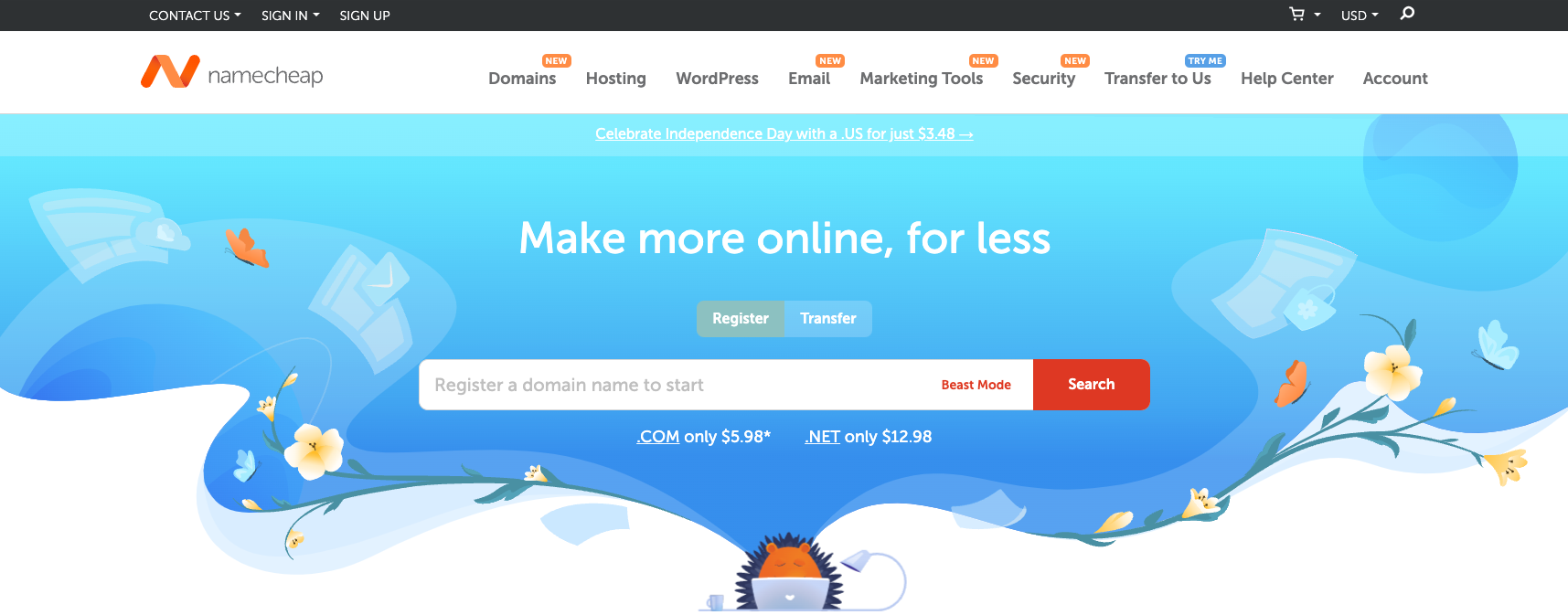
This site had numerous affordable options, so after quickly comparing prices, I decided to go with it. Plus, I found its visual design appealing.
Registration
Here, there’s nothing new to invent; just fill out a fairly standard form. Surprisingly, they don’t offer a quick login option via Google or Facebook accounts.
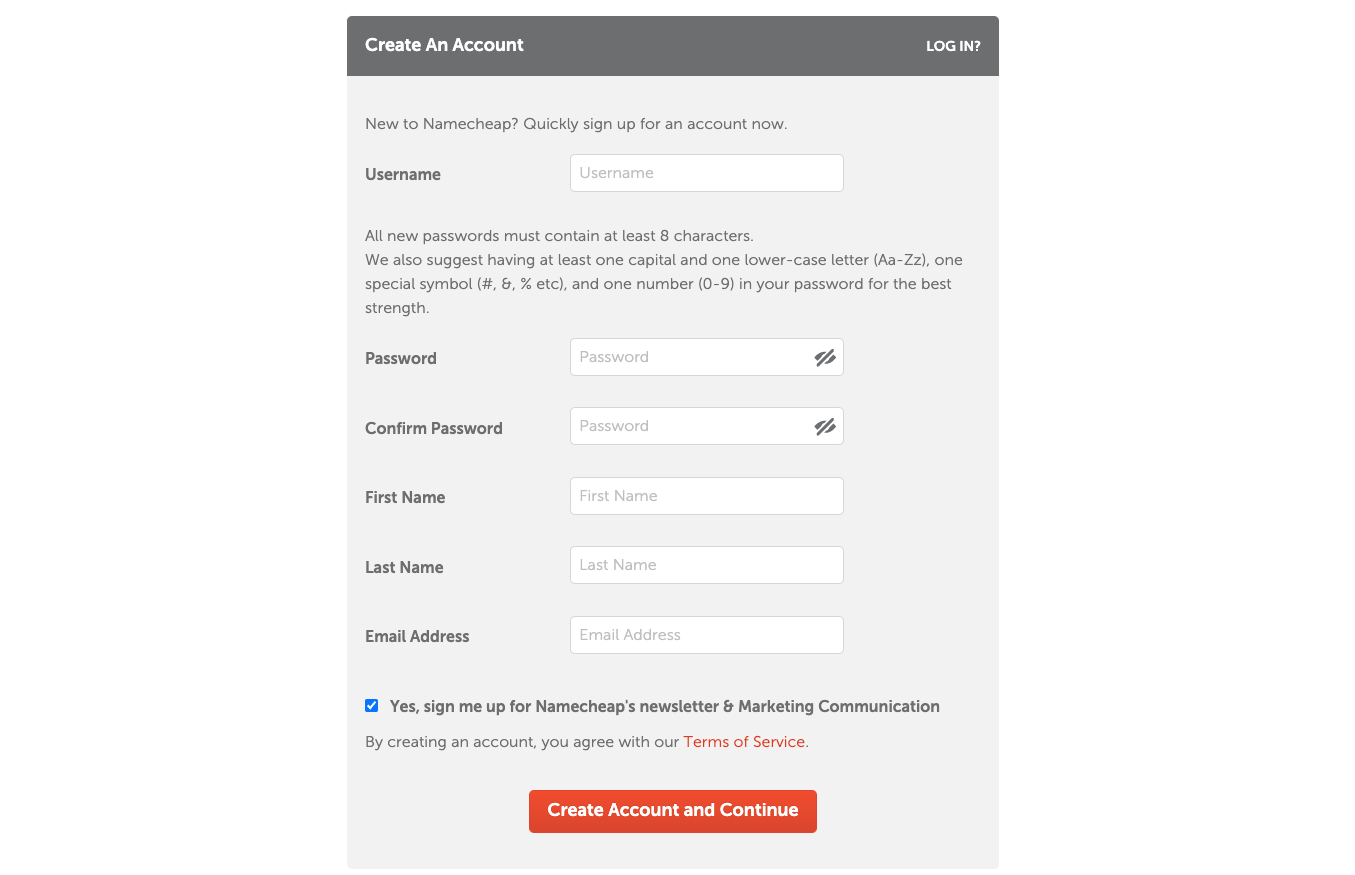
Two-Factor Authentication (2FA)
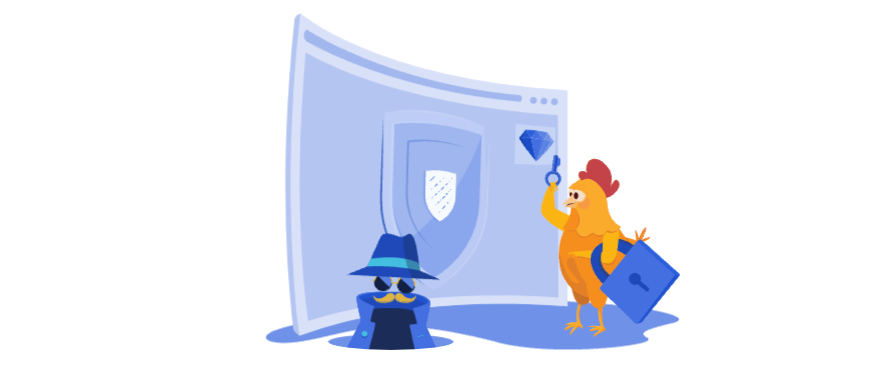
A crucial step for protecting your account is enabling two-factor authentication (2FA), which will require a special code from an app each time you log in. Go to Profile - Security - Two-Factor Authentication to set it up.
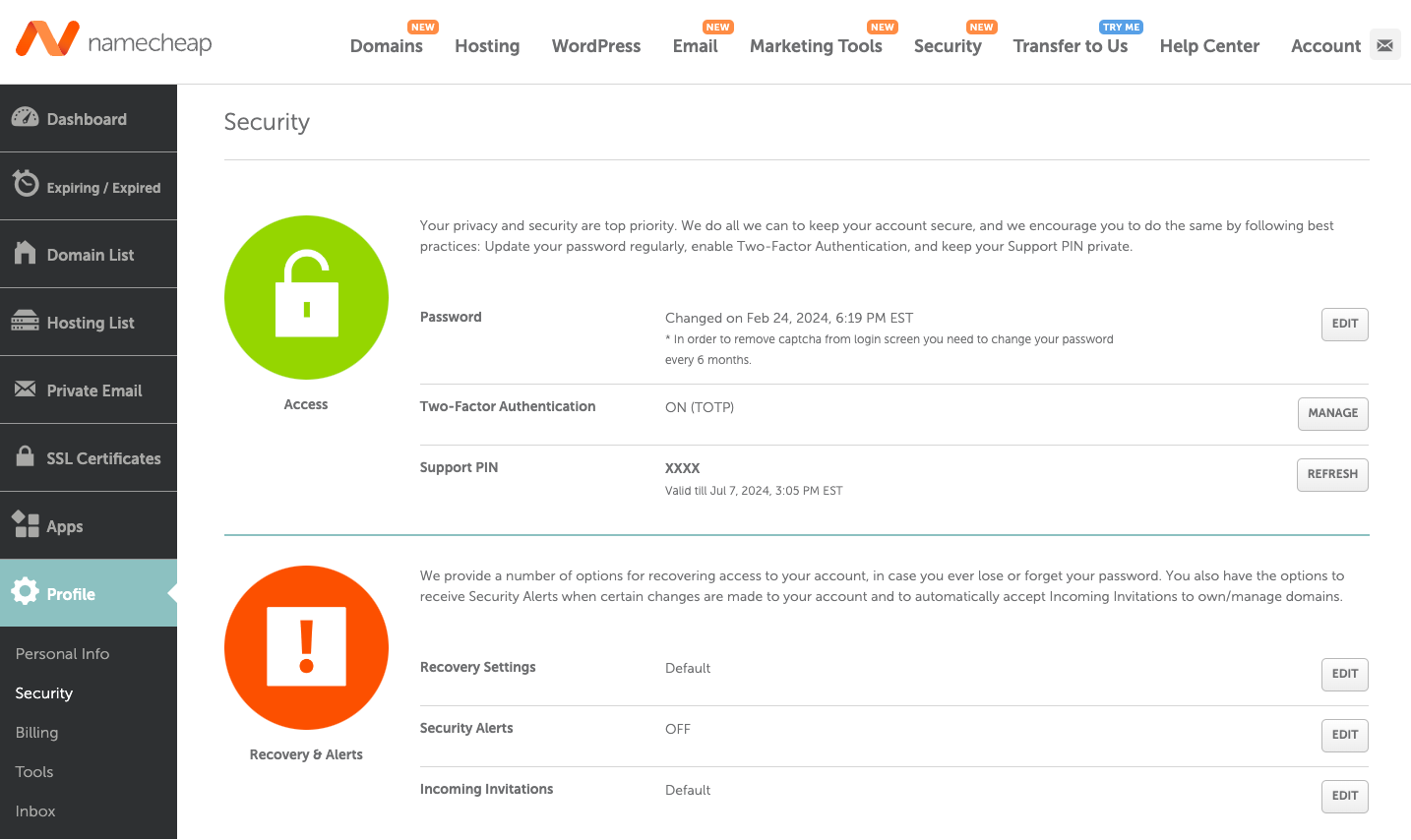
This is what it will look like when logging in after entering your username and password.
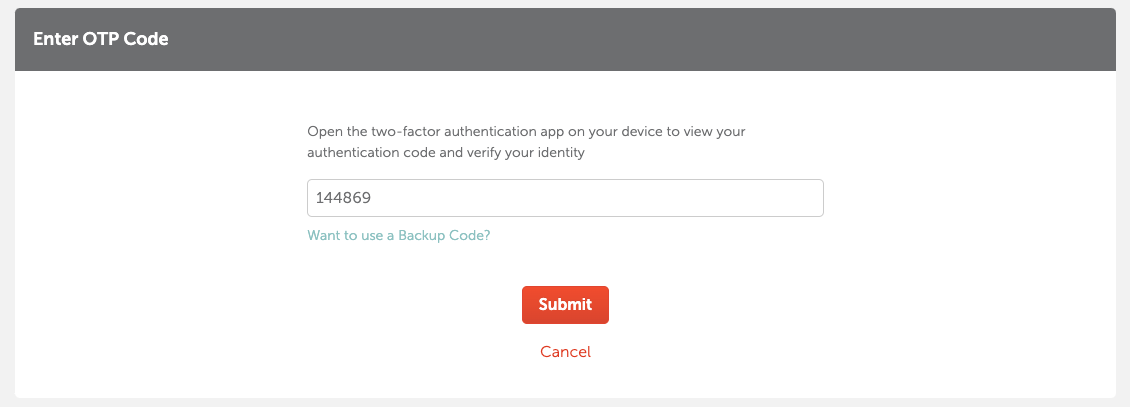
Choosing a Domain Name
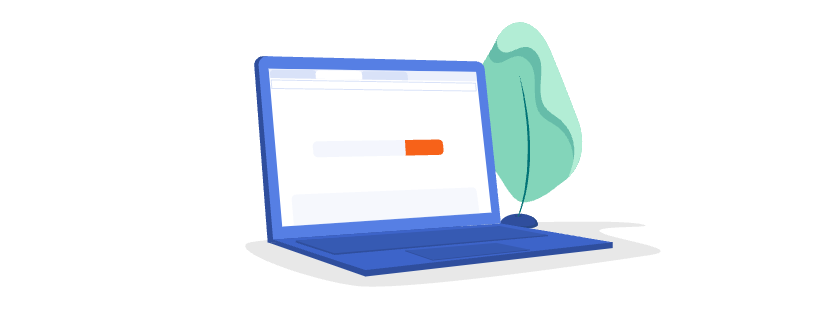
And here comes the most interesting part—coming up with a suitable name and negotiating with yourself on the price, as you usually choose a name for at least a year, if not longer.
I would roughly divide the process of choosing a domain name into two types:
- When on a Limited Budget: You select from acceptable options within your budget.
- When You Have to Agree to the Stated Price for the Desired Name: This is often the case when you already have an established brand or a clear vision for the name.
My process was quite quick. I followed this principle: the fewer letters for the lowest price. As a result, I chose my domain—https://lavr.site.
By Need
Large companies choose global and popular top-level domains or specialized ones depending on their business.
For example, if I want to create a website for a store named "Stargate," I might use "stargate-shop" for the search.
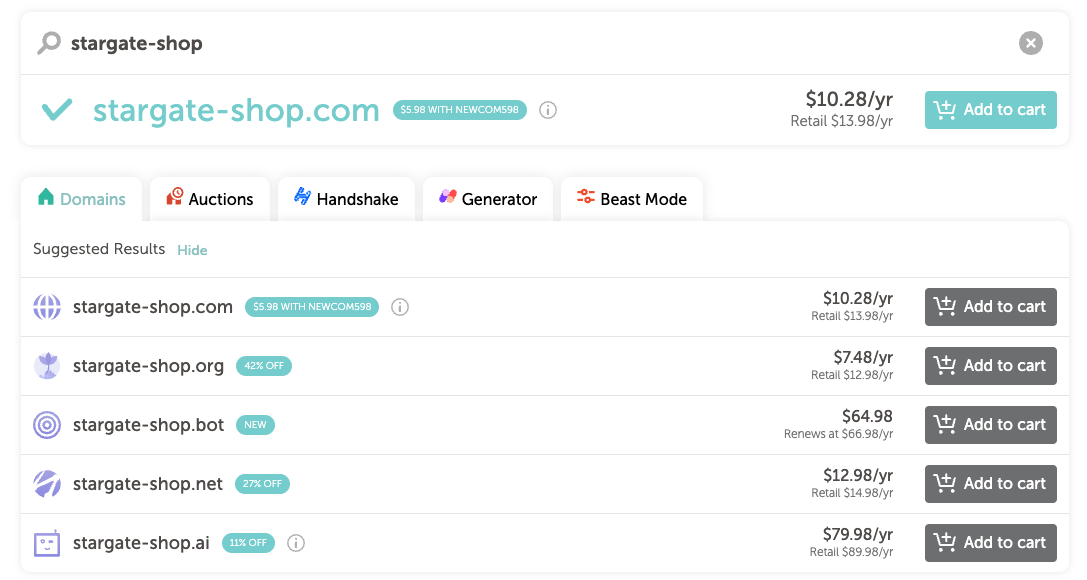
Immediately, we see that the domain "stargate-shop.com" is recommended at $10.28 per year. This is a good price, but note that the renewal rate will be $13.98 for subsequent years.
Specialized Top-Level Domains
While "stargate-shop.com" sounds good, a more concise and specialized option could be a domain with a ".shop" TLD. For example, "stargate.shop" would be a great fit. Currently, this domain is taken, but a slightly modified query reveals that "stargate404.shop" is available. It’s not ideal, but keep in mind that not all domains will be available to you.
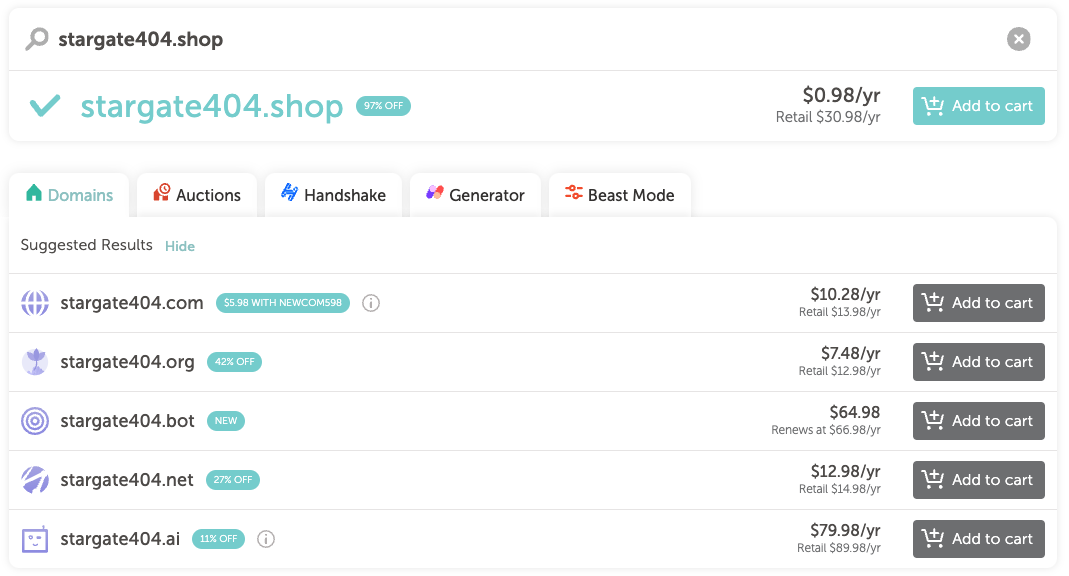
Overall, you’ll have a wide variety of domain names to choose from for your needs, and the platform Namecheap provides convenient options with existing thematic filters. My favorite filter is "$2 or less."
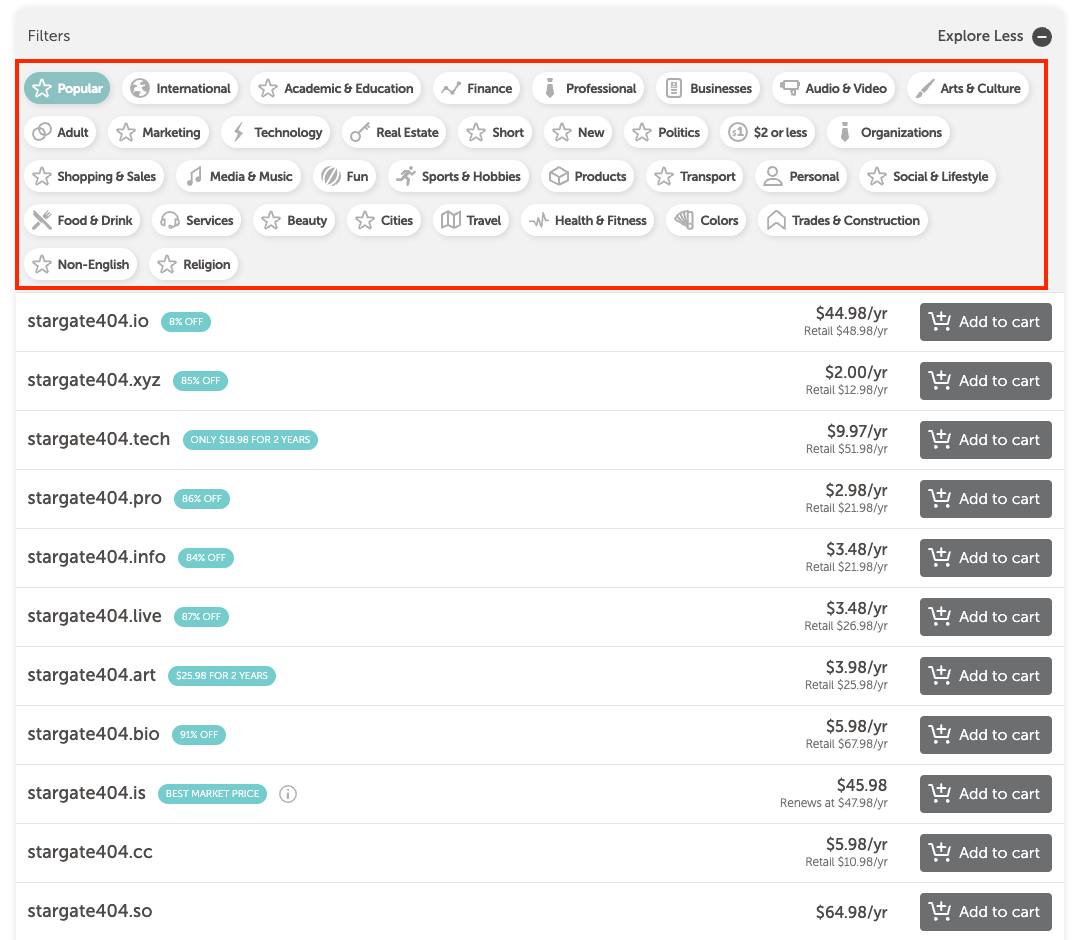
By Price
This is quite simple. Just select the "$2 or less" filter and review all the offers. I don't need to teach you how to manage your own budget—I'm just providing a visual example of how the filter works.

Purchase and Review
As with any e-commerce site, add the desired domain to your cart and proceed with the payment.

After payment, you will see the purchased domain in your profile. There, you can perform actions such as transferring the domain or changing DNS records.
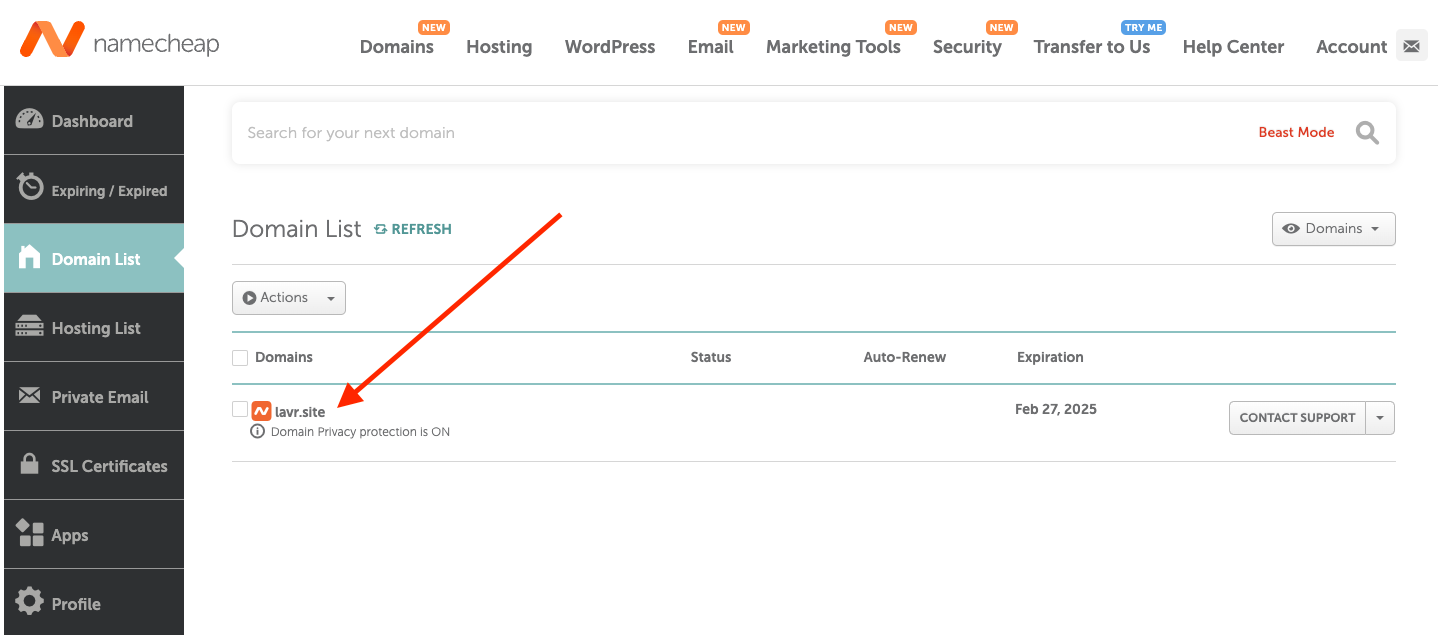
Everything is quite simple, and now you have your own domain. However, please pay attention to the following section with tips.
Tips
I’d like to share a bit of my own, albeit limited, but real experience.
Tip 1: Check the price for the following years.
Some offers may be very inexpensive initially, but renewing them for the next year could cost several times, or even tens of times, more than the initial annual price. Here’s an example.
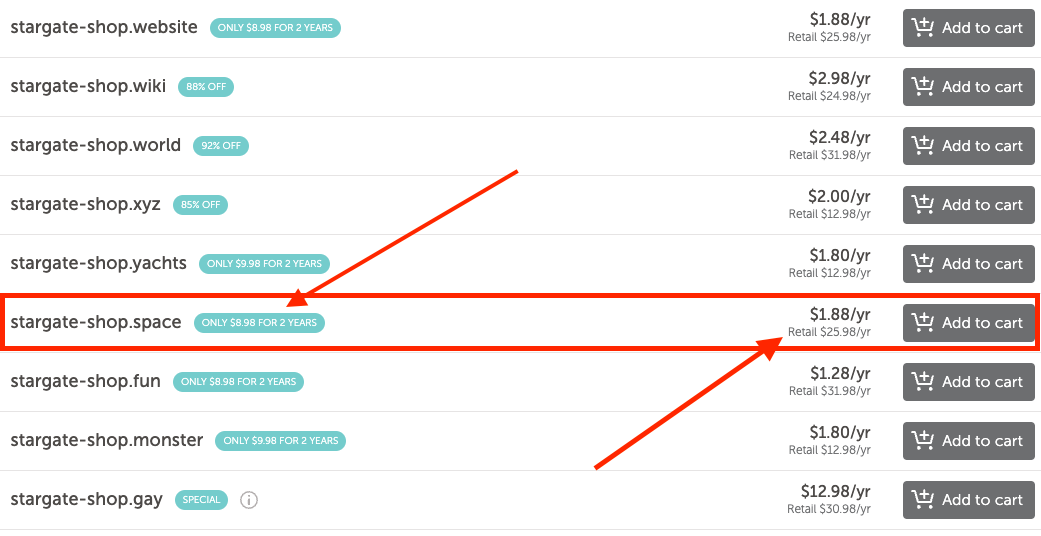
Note that the annual cost is only $1.88. Additionally, purchasing for two years shows a discount, bringing the cost to $8.98, which is $4.49 per year. The regular price is listed as $25.98 per year.
If you try adding this domain to your cart and changing the number of years, you might get unexpected results. I’ve warned you—make a mindful choice.

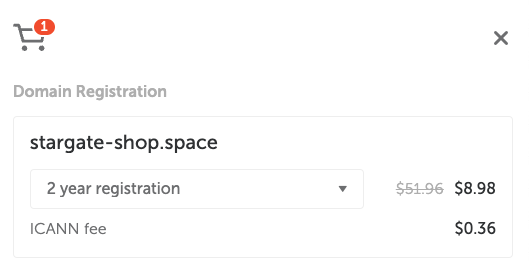
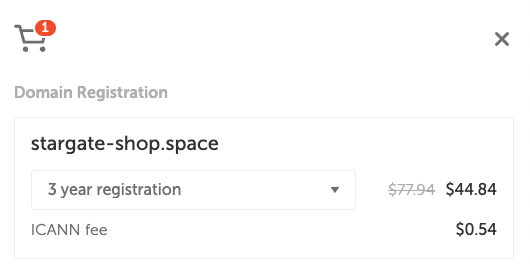
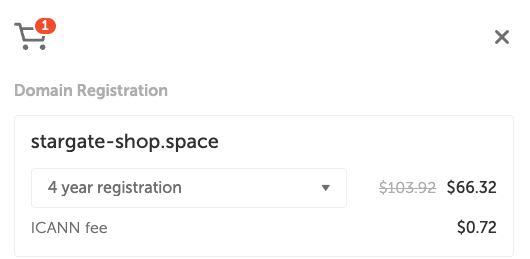
Tip 2: Don’t Chase Expensive Domains
First and foremost, don’t invest large amounts of money in a domain name. The name should be backed by a valuable service or interesting content. Focus your efforts and finances on creating quality content and building your audience. Later on, you can easily move to a more premium domain if needed.
Also, high-quality Search Engine Optimization (SEO), which we touched on in this publication, will be just as important.

Tip 3: Wait a Certain Period Before Publication
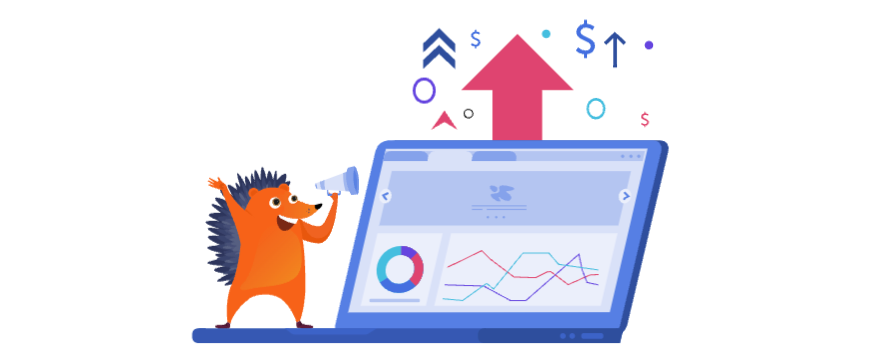
I personally encountered the following issues:
- The purchase of my domain name was canceled on Namecheap just a few days later because they couldn't verify the validity of either my account or something similar. I had to verify my identity and payment by providing additional information to their support team. After all the checks, I had to repurchase my domain because the previous payment was fully canceled, and the funds were returned.
- A week later or so, my domain stopped working again. When I checked the Dashboard, I saw the following message next to my domain: Suspended by the Registry, please refer to the Domain Suspension Lookup Tool at this link.
- Note that the link leads to a third-party site, which surprised me.
- The issue was resolved by submitting a form on that site and sending another request to the support team.
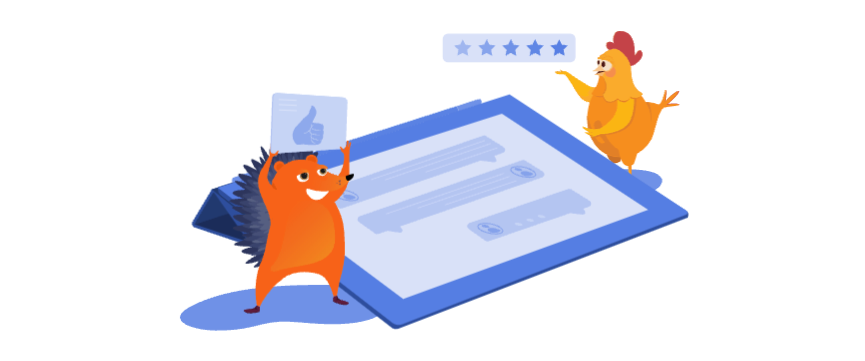
I can immediately give a good rating to the support team at Namecheap, but my personal opinion is that the best service is one where you don’t need to contact support.
While users from other countries might not face similar issues, I wanted to share my experience. I believe it's wise to launch your project/service/blog in a "quiet mode" for a period (up to a month) to pass through any necessary checks and minimize the risk of site access issues.
Tip 4: Set Up Active Monitoring for Your Site
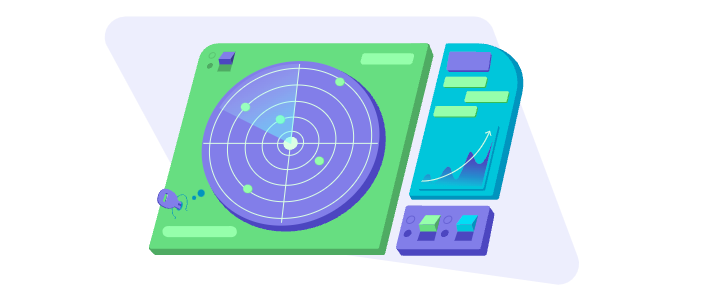
I’m not sure what might work for you—whether it's a third-party online service or something like Uptime Kuma (link) set up on your home server, like I use—but I highly recommend setting up notifications for any site downtime. This will help you respond quickly and keep your site in a stable state.
This isn't just about the issues mentioned previously but also includes basic network or hosting problems. In my case, hosting a blog on a home server adds potential issues like power outages and more.
Set up your notifications properly to sleep soundly!
Tip 5: A Secure Site Attracts People
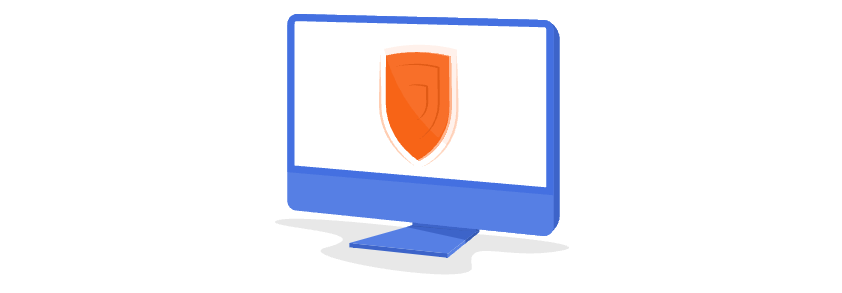
At the very least, a secure site won’t deter visitors on first contact. To ensure your site looks respectable and isn't blocked by browsers, you'll need an SSL certificate.
I recommend using Cloudflare, a leading provider in this area that also offers free SSL certificates. I personally use their services and will describe my experience later.
Usually, domain registrars offer similar services, but they come at an additional cost. I checked the prices at Namecheap, but they didn’t tempt me.
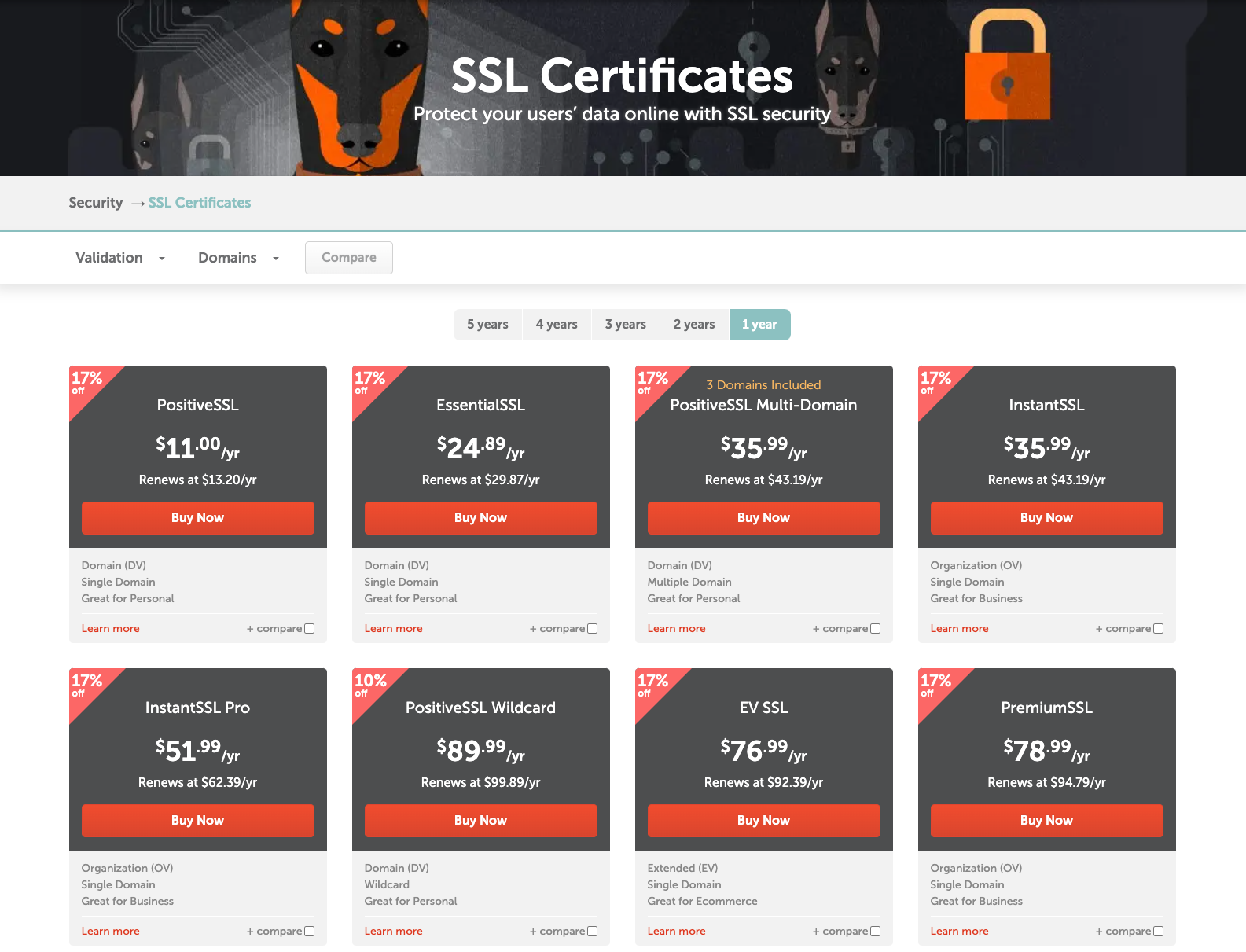
Tip 6: Renewal Reminders
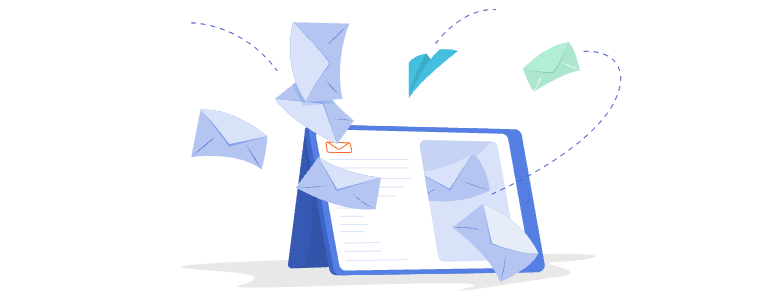
If you miss the renewal date for your domain or if automatic renewal fails due to payment issues, you'll experience what real problems are.
For an established business, this is an unacceptable mistake. To avoid this, I recommend setting reminders for a year (or more) in advance. It’s also a good idea to periodically check if everything is in order or to make payments ahead of time.
When your domain's lease expires, there is a grace period during which you have the first right to renew. However, if there is no response from you, the domain will go to a marketplace where someone else may purchase it.
Conclusions
Choose a convenient platform, protect your accounts with two-factor authentication, carefully select your domain name, and don’t forget to monitor your site's availability.
Today, working with domain registration platforms is as straightforward as shopping for home appliances online. The key is to have a name idea for your site, and you'll receive numerous offers tailored to your needs and budget.
While buying a domain is easy, keeping it consistently operational or renewing it isn’t always as straightforward. So, revisit the tips and avoid common mistakes.
I wish you smooth purchases and beautiful domain names!




